The first example of anatomical illustrations in an Islamic milieu was a Persian translation from Chinese, the
Tansūqnāma, commissioned by the Mongol vizier Rashīd al-Dīn in 1313
(figs. 1 and
2). A second anatomical work written in Persian by Manṣūr ibn Ilyās, which included full-page representations of the human body, was also composed in 1386 for a Timurid ruler
(figs. 3 and
4). Prior to the 14th century we only find a few schematic representations of the eyes and the brain ventricles that use geometric forms.
(1) The
Tansūqnāma has survived in a unique manuscript and did not seem to have been copied or originated any textual or pictorial tradition. In contrast, the second of the aforementioned works, the so-called
al-Tashrīḥ al-Manṣūrī, became a model for later representations of both human and animal bodies, not only in the Islamic Mediterranean and Middle Eastern lands, but also South Asia and the Tibet. This tradition is known as the
Fünfbilderserie (‘the Five-images series’), since it usually includes five illustrations representing the silhouette of a “flat man”, as seen from above, and depicting arteries, veins, nerves, bones, and muscles respectively. Some sets of illustration sometimes include a representation of a pregnant woman with the foetus in the womb
(fig. 4). The origin of these illustrations has been traced back to 12th century Europe (2) In addition to the exceptional illustrations taken from Chinese works in the
Tansūqnāma, the only representations of the internal organs that have come down to us from pre-modern Islamic lands are those belonging to the
Fünfbilderserie tradition. The success of this pictorial model went beyond the works on human anatomy and similar designs were later used in the illustration of veterinary works
(fig. 5). Neither the
Tansūqnāma nor
al-Tashrīḥ al-Manṣūrī have been edited or properly studied. The use of these visual representations and their relationship with the anatomical or veterinary texts they accompany also awaits a proper research.
The depiction of the internal organs in the figures copied from Chinese sources in the Tansūqnāma is realistic and their position within the body roughly accurate. In the
Fünfbilderserie tradition, the depiction of the anatomical parts is rather schematic, although their position is in general accurate. The organs that participate in the digestion of food according to the Galenic medical tradition are often drawn in the same colour. In general, the guts are not of special symbolic or metaphorical significance in the cultural traditions conveyed by these texts, in contrast with other organs such as the brain, the heart and the liver.
(3) See Emilie Savage (2007).
(4) See Ynez Violé O’Neill (1977), Andrew Newman (1998).


